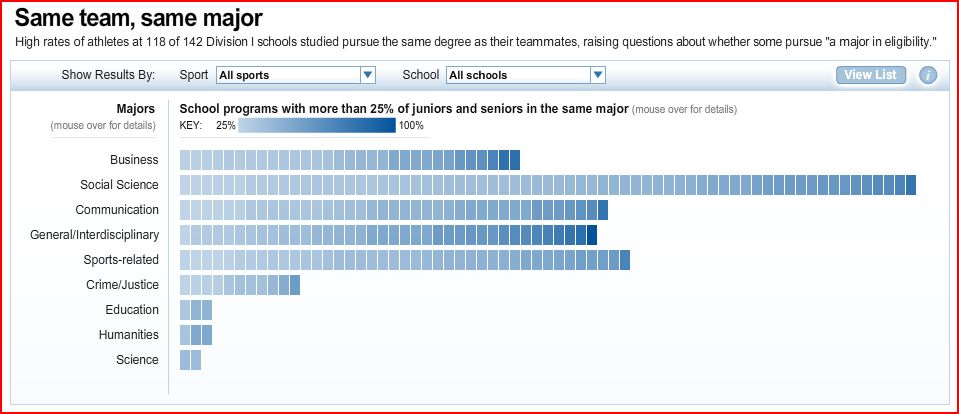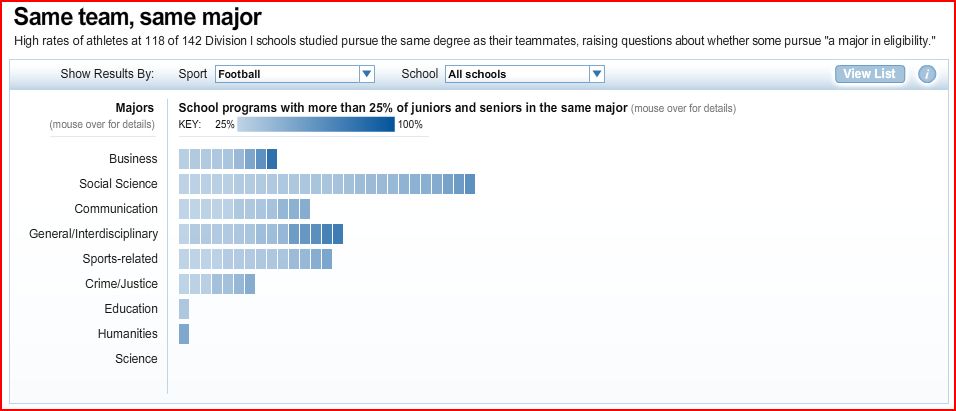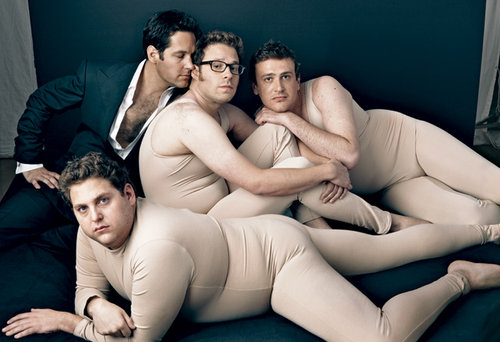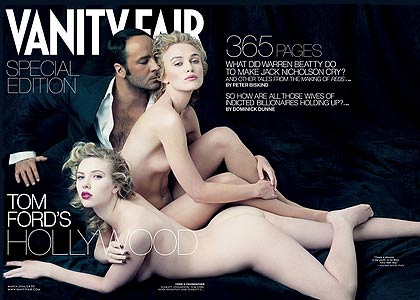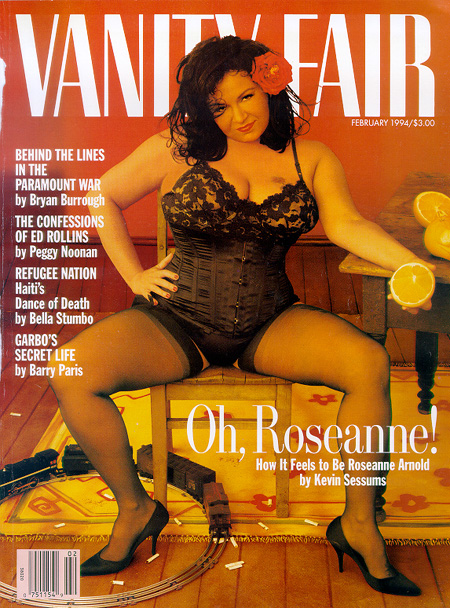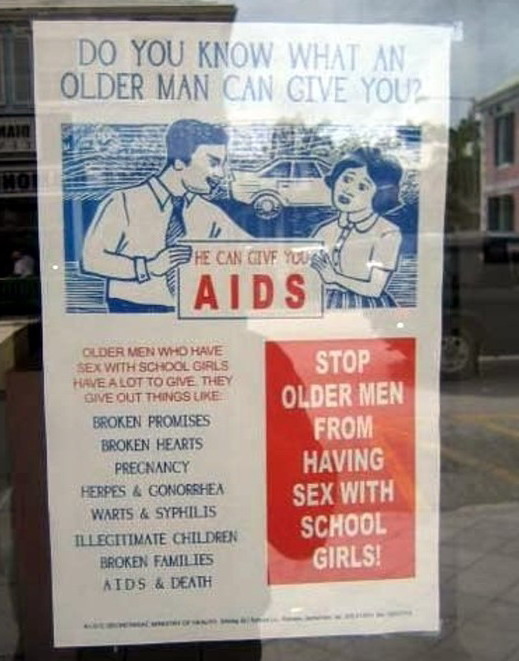Singapore Airlines is known for its “Singapore girls.” Here is a video that shows lots of images of how pretty Asian women, there to serve others, have been used in their advertising (the creator of the video claims to be a Singapore girl):
Apparently the Singapore Girl is such a phenomenon, she’s a figure at Madame Tussaud’s:
I had no idea that when most people think of Singapore, they think of this “pretty, smiling…girl.”
Anyway, I think it’s an interesting example of the way non-White women are often portrayed as exotic (the Singapore girls have become a symbol of Singapore itself) and also of what sociologists refer to as emotion work. The Singapore girls aren’t there just to bring us drinks and make sure we’re buckled in; there’s there to make us feel pampered and to warm our hearts–to do the type of emotion work (constantly smiling, being extremely attentive, being at the passengers’ service and making it seem like a joy) that makes customers feel cared-for and special…and thus willing to pay high prices for those business seats. And clearly these women are part of the decor–pretty, polite, accommodating women for passengers to enjoy while they fly.
Gwen Sharp is an associate professor of sociology at Nevada State College. You can follow her on Twitter at @gwensharpnv.



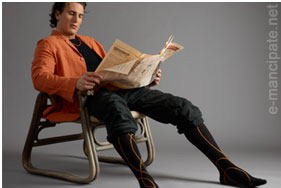
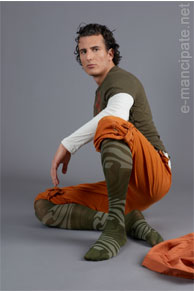

 These images would be great for a class discussion on the reappropriation of gendered clothing items. What makes pantyhose specifically “manly” or “femmy”? Does this “e-MANcipation” reify the same old ideas about masculinity and femininity, or challenge and expand them?
These images would be great for a class discussion on the reappropriation of gendered clothing items. What makes pantyhose specifically “manly” or “femmy”? Does this “e-MANcipation” reify the same old ideas about masculinity and femininity, or challenge and expand them?